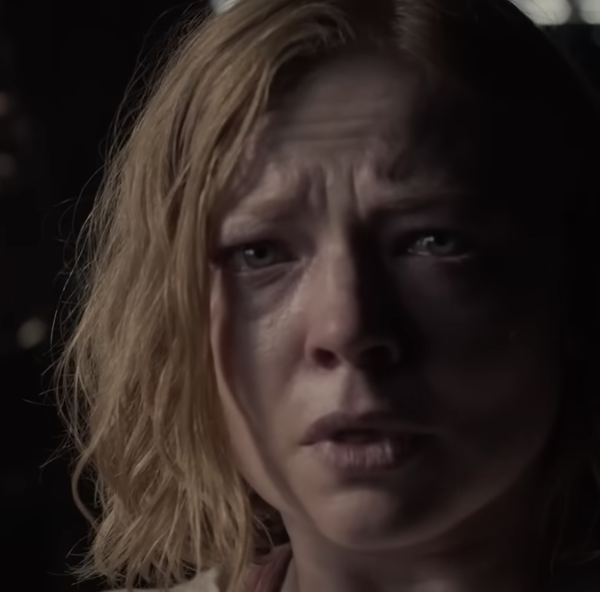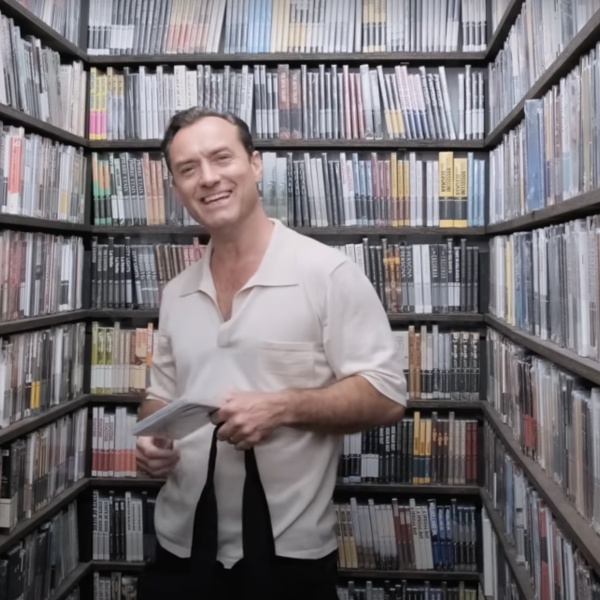From the moment it was released in 2019, Jordan Peele‘s ambitious and original horror film “Us” attracted a particularly obsessive legion of fans intent on exploring its many mysteries. Some of the movie’s ongoing fascination derives from Peele’s open-ended narrative structure, which raises a lot of unanswered questions about how the film’s underground world and its eventual rebellion actually work; it’s the kind of story designed to delight audiences willing to engage with the film’s ambiguities while leaving more literal-minded viewers — the ones Alfred Hitchcock dismissed as “plausibles” — frustrated.
Another reason “Us” has inspired so many repeat viewings, analytical essays, and internet theories is the dense network of allusions that runs throughout the film. The opening few minutes alone introduce not only a now-forgotten but once major cultural event from 1980s America (the “Hands Across America” fundraiser), but several references to other movies in the form of VHS boxes on a family’s shelf. Among the titles are the cult monster movie “C.H.U.D.” and Philip Kaufman’s 1983 masterpiece about the space race, “The Right Stuff”; these and other homages have inspired many thousands of words pondering just what the quotations mean and why Peele included them in his film.
Now, “Us” enthusiasts have a new object to fuel their passion, an annotated screenplay published by Inventory Press. “Us: The Annotated Screenplay” is a companion piece to Inventory’s earlier edition of “Get Out,” though in keeping with the later film’s more expansive nature it takes a broader approach. The annotations in the “Get Out” script were written by Peele himself, but “Us” includes comments by writers and scholars hannah baer, Theaster Gates, Jamieson Webster, Jared Sexton, Mary Ping, Shana Redmond, and Leila Taylor, all of whom provide useful historical, sociological, and aesthetic context for the film’s references. There are also excepts from books and pieces by Naomi Klein, Colson Whitehead, Maggie Nelson, Carol J. Clover, Michael Harrington, and Paul Laurence Dunbar that elaborate upon the literary and cinematic ideas swirling around the many intersecting themes of “Us.”
Peele’s screenplay itself is, unsurprisingly, a terrific read, and one that deepens the reader’s appreciation of the finished film by drawing closer attention to its details. (There are also some nifty deleted scenes and an abundance of stills.) The book’s format is extremely pleasing as well; it’s a handsome but compact tome that cinephiles can easily slip in a purse or back pocket (or, to pay tribute to another Peele film, inside one’s jean jacket). The packaging is reminiscent of the film-related mass market paperbacks of the 1960s and 1970s, a glorious era for movie fans that saw everything from Ingmar Bergman’s “Scenes From a Marriage” and John Cassavetes’ “Faces” screenplays to making-of volumes on “The Candidate” and “The Deep” taking up shelf space alongside the latest Sidney Sheldon novels.
What really makes “Us: The Annotated Screenplay” essential reading for Peele fans is the annotations; though some of the explanations will be obvious to more culturally savvy — or just older — readers, even the familiar ground inspires the reader to make their own connections and construct their own theories, just as the film itself does. It’s a testament to the richness of “Us” that even with almost a hundred notes on various aspects of the film, its deeper questions remain unanswered and available for further theorizing; as Peele writes in the introduction to the screenplay, there are still plenty of Easter eggs in the film yet to be found.
“Us: The Annotated Screenplay” will be available from Inventory Press on September 3.






